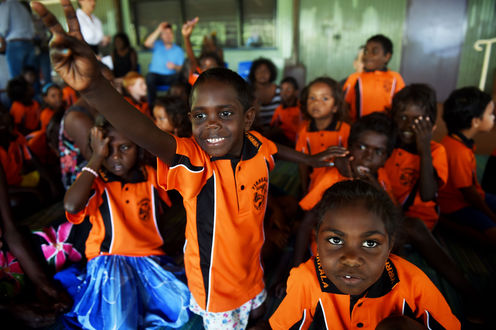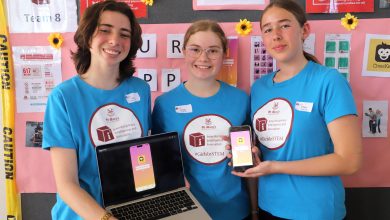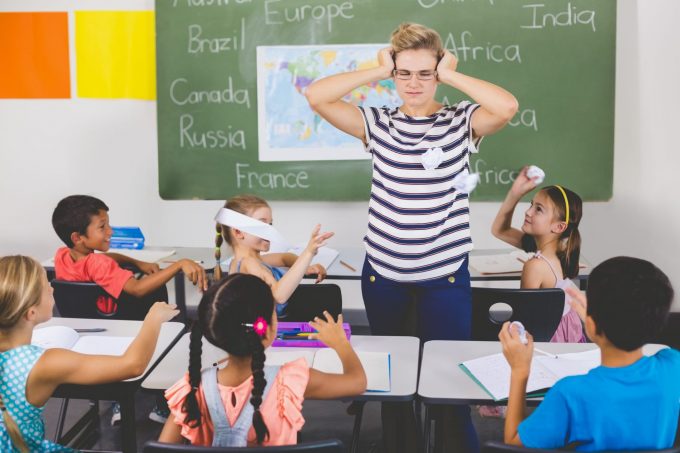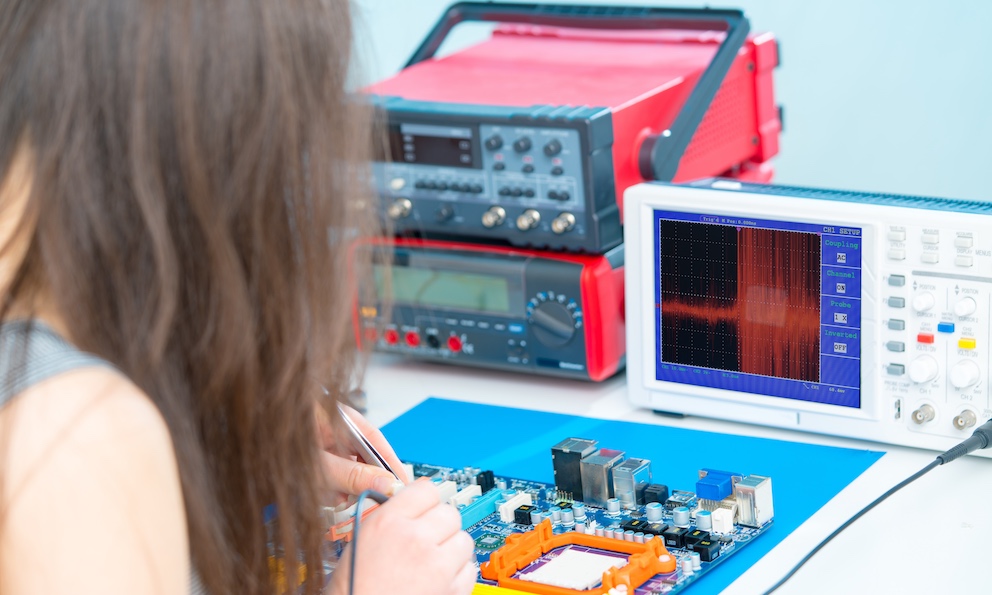
A lack of real progression in the area of Indigenous education since its first policy in 1989 points to a new form of colonisation, as the government tries to maintain control.
In the year I was born – 1974 – it had only been two years since New South Wales had abolished the practice of excluding Aboriginal students from attending public schools.
These explicit actions of exclusion were validated by policies such as the “Clean, Clad and Courteous” policy, in which Aboriginal children could be excluded from the classroom at the morning parade due to perceived health and/or hygeine issues.
There was also the 1902 “Exclusion on Demand” policy, in which government schools in NSW were told to exclude Aboriginal children if other parents made a complaint about Indigenous children being in their child’s classroom. These children could only then attend special Aboriginal schools which were not run by the education department and therefore, predominantly taught by unqualified teachers.
Most of the work in Indigenous education is commissioned government reports. These rarely include Indigenous voices and expertise – and when they do, the inclusion of Indigenous voices is overshadowed by the responses of governmental bodies. This is demonstrated in the evaluation reports of the Action Plan – a 2012 report about the implementation of the Action Plan. The feedback provided by the Indigenous Education Consultative Bodies was immediately countered by the Standing Council on School Education and Early Childhood’s comments.
This is despite recommendations from a report published 15 years earlier, in 1975 by the Schools Commission in collaboration with the then Aboriginal Consultative Group, which suggested key areas for change, including:
-
Making sure Aboriginal and Torres Strait Islander peoples were involved with all decision-making processes of Indigenous education
-
increasing the number of Indigenous teachers
-
ensuring initial teacher education courses included Aboriginal and Torres Strait Islander histories and cultures
-
developing educational programmes to inform parents and community about the efforts and initiatives that government is implementing to address educational disparities.
My PhD is looking at how the language in education policy is maintaining the beliefs, attitudes and values of colonial Australia. To understand how this is happening, you need to go back and look at the policies that have been introduced, how they came about, and whether they had any impact.
Timeline of Indigenous education policy
While the Church of England was predominantly responsible for the education of Indigenous children in the early 1800s, few actually received this, and the education was minimal at best.
The teaching and learning provided was to produce domestic servants or farm hands. There was also the hidden agenda of assimilation: Aboriginal people were to deny their Aboriginality and cultural beliefs and take on the “Australian way”.
Click on the timeline below to read about the policies that have been introduced.
Why is progress so slow?
The most recent Closing the Gap report – released in February 2017 – again lamented the slow progress in achieving the COAG targets to redress disparities between Australia’s Indigenous and non-Indigenous peoples in education, health and employment.
It reported:
-
a 10 percentage point disparity between Indigenous and non-Indigenous students’ attendance at school
-
only Year 9 numeracy is on track to meet the projected goals for all areas of NAPLAN
-
just 61.5% of Indigenous youth gained a Year 12 certificate in 2014-15
The lack of progress mentioned continuously within the nine years of Closing the Gap reports – and the consistency in the areas of concern – illustrates how policy rhetoric lacks innovation and more importantly, Indigenous voice.
The disparities in numeracy and literacy, the disengagement of Indigenous youth from school, the lack of understanding about Indigenous histories, cultures and languages by the dominant white teacher workforce, and the need to include Indigenous peoples into the schooling environment are still being addressed, despite 50 years of Indigenous education policy.
The recent More Aboriginal and Torres Strait Islander Teachers Initiative (MATSITI) saw the Indigenous teacher population in schools rise above 3000 teachers Australia wide.
New form of colonisation?
The government continues to dictate the educational strategies to address the perceived “problems” in Indigenous education. Indigenous peoples’ involvement is minimal. There are only two Indigenous members of the Aboriginal and Torres Strait Islander Education Advisory Group, which is led by a non-Indigenous male.
Maori academic professor Graham Smith wrote about the new forms of colonisation prevalent within the political sphere used to obstruct Indigenous peoples’ aspirations.
The abolition of ATSIC, and the change of political rhetoric to self-empowerment are just some examples of the new forms of colonisation within Indigenous policy.
With the silencing of Indigenous voice, the ability for Aboriginal and Torres Strait Islander peoples to achieve their aspirations in life through their own actions, rather than the often depicted representation of the oppressed in need of assistance, maintains a deficit view.
The Coolangatta statement on the rights of Indigenous Peoples in education asserts that the perceived failures in education are the actual rejections of the Western education system. They argue that Indigenous peoples have the right to a holistic education that acknowledges and respects Indigenous cultures, histories and languages.
The goals, targets and strategies in current Indigenous education policy is set by government. The measures of success are set by government. The minimal Indigenous representation in policymaking ensures the political agenda is heard. There is a need to address the disparities but there is also a need to include Indigenous peoples in this fight for equality and equity.
![]() This article was written by Melitta Hogarth. First published on The Conversation.
This article was written by Melitta Hogarth. First published on The Conversation.







